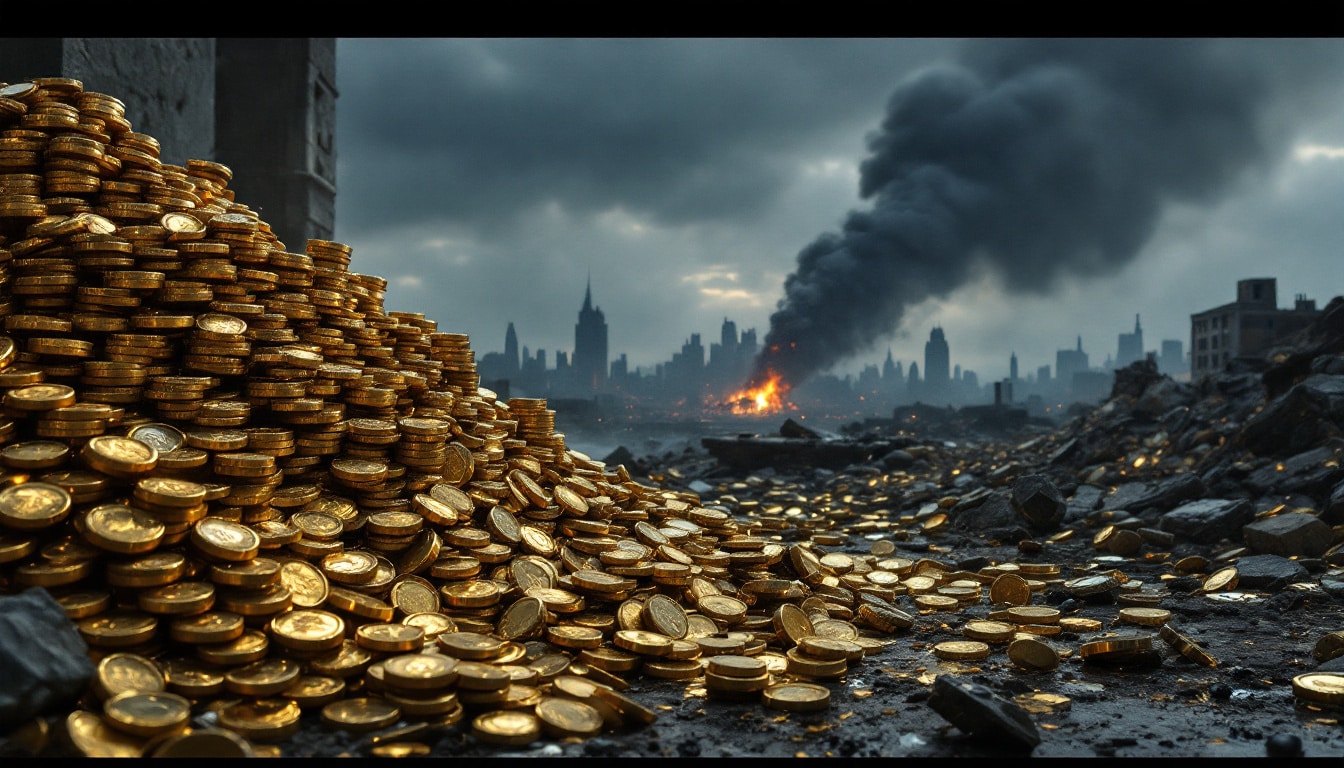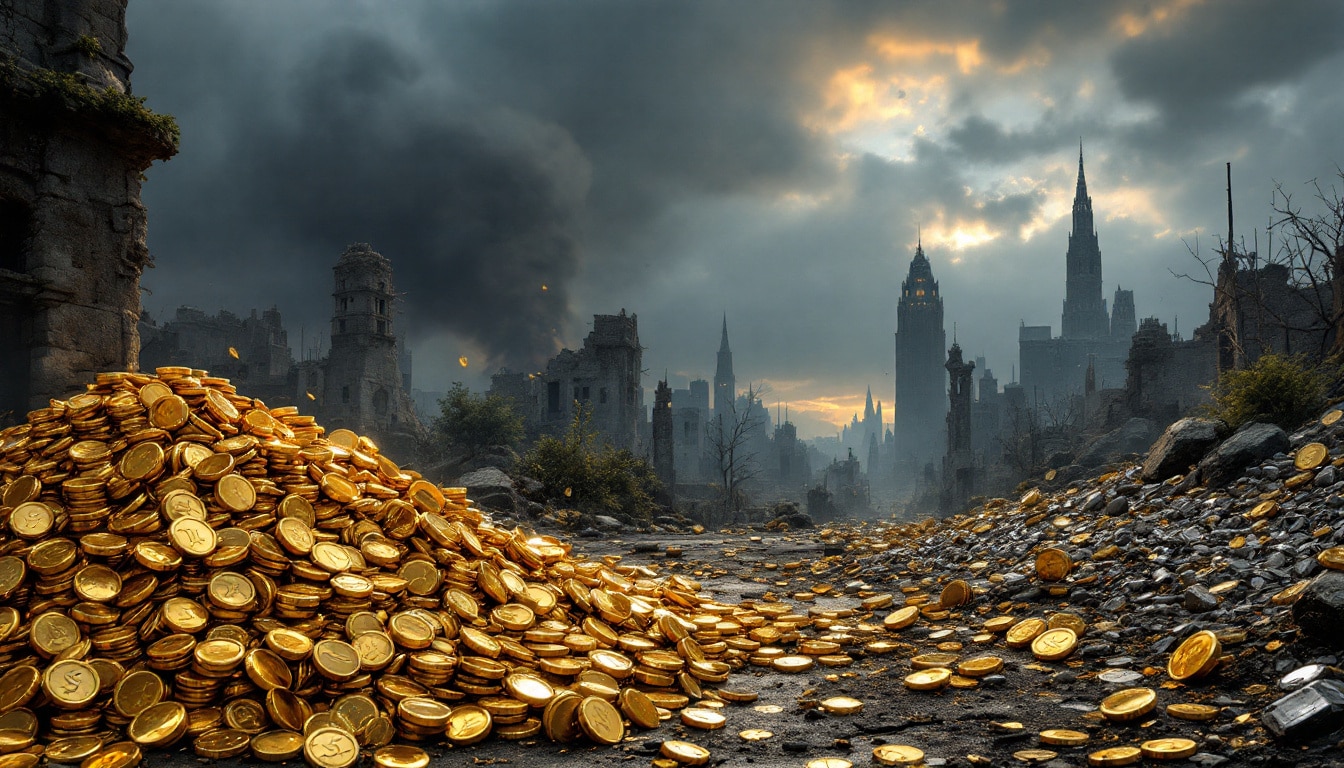Welcome to a space where your data comes alive.
Every click, every search tells a unique story.
Discover how we respect and value your privacy.
We use cookies and data to provide and maintain Google services. This allows us to track disruptions and protect against spam, fraud, and abuse. Additionally, we measure audience engagement and site statistics to better understand the use of our services and improve their quality. By accepting all cookies, we can also develop and enhance new services, measure the effectiveness of ads, and show personalized content based on your settings. If you choose to reject all, we will not use cookies for those additional purposes. Non-personalized content is influenced by elements such as the content you are currently viewing, your activity in your active search session, and your location. Non-personalized ads depend on viewed content and your general location. Personalized content and ads may also include more relevant results, recommendations, and ads tailored to your past activities on this browser, such as your previous Google searches. We also use cookies to tailor the experience based on age, if relevant. Select “More options” to see additional information, including details on managing your privacy settings. You can also visit g.co/privacytools at any time.

Why does the global destruction of wealth impact the price of gold compared to silver?
The global destruction of wealth is a complex economic phenomenon that has numerous repercussions on financial markets. According to Nicky Shiels from MKS-KITCO, this situation tends to drive up the price of gold compared to silver. But why does this trend emerge and what are the underlying mechanisms? To understand this, it is essential to examine the current economic dynamics and investor perceptions towards these two precious metals.
Historically, gold has always been considered a safe haven value during periods of economic uncertainty. When global wealth is declining, often due to financial crises, loose monetary policies, or rampant inflation, investors naturally turn to gold as a protection against the loss of purchasing power. Silver, while also having this reputation, is often perceived as more volatile and industrially dependent, which can explain why its price does not always benefit from the same increase as that of gold.
Furthermore, gold is less subject to seasonal fluctuations and variations in industrial demand compared to silver. This enhances its stability and attractiveness as a reserve asset. Nicky Shiels emphasizes that in a context where global wealth is eroded, gold becomes a safer and more reliable option for investors seeking to preserve their capital.
How does investor perception influence the valuation of gold and silver?
The perception of investors plays a crucial role in the valuation of precious metals. When financial markets experience turbulence, gold is often favored due to its long history as a reliable store of value. According to Nicky Shiels, this preference for gold over silver can be attributed to several psychological and economic factors.
On one hand, gold is seen as less speculative than silver. Institutional and individual investors tend to view gold as a long-term investment, whereas silver may be seen as more accessible to short-term fluctuations. This distinction influences how capital is allocated between these two precious metals.
On the other hand, gold benefits from a steady demand in the jewelry and investment sectors. This sustained demand helps stabilize its price even during periods of economic disaster. In contrast, silver, while having significant industrial demand, may see its price more affected by economic cycles and technological innovations that sometimes replace the use of this metal.
The impact of monetary policies on gold and silver
Monetary policies, such as quantitative easing or low interest rates, can also influence the valuation of gold and silver. When central banks inject liquidity into the economy, this can dilute the value of fiat currencies, pushing investors towards tangible assets like gold.
In this context, gold offers protection against monetary depreciation, reinforcing its position as a safe haven. Silver, while also benefiting from this protection, is often less similarly impacted due to its variable industrial applications and lower perception as a pure store of value.
The global economic factors driving the demand for gold
Several global economic factors contribute to the rising demand for gold. Among them, geopolitical uncertainty, trade tensions, and financial crises are key elements that enhance the appeal of gold for investors.
In times of crisis, gold is often seen as a hedge against economic instability and stock market fluctuations. This perception increases the demand for gold, which in turn drives up its price. Additionally, in certain regions of the world, gold is culturally valued, thereby increasing its intrinsic demand regardless of global economic conditions.
According to Nicky Shiels, gold’s resilience in the face of economic crises is a determining factor of its ongoing appeal. This resilience is supported by a relatively stable supply and robust demand, creating a favorable balance for continued appreciation of its price.
The differences between gold and silver as investments
Although both gold and silver are precious metals used as investments, they exhibit significant differences concerning their behavior in financial markets. Gold is often preferred for its stability and ability to retain value over the long term, while silver is perceived as more volatile and subject to greater fluctuations.
Gold benefits from high liquidity and is widely recognized as a standard of value, making it more attractive for investors seeking increased security. Silver, on the other hand, is more accessible in terms of price and offers opportunities for quicker gains, but with an increased risk of losses.
Moreover, the industrial uses of silver can influence its demand in a more dynamic and less predictable manner than that of gold. This duality between industrial use and investment makes silver a precious metal whose price can react more sensitively to economic and technological changes.
The impact of technological innovations on silver
Technological innovations can also affect the demand for silver. For example, the advent of green technologies and solar panels has stimulated the demand for silver due to its exceptional conductive properties. However, this demand can fluctuate depending on technological cycles and advancements in other alternative materials.
Unlike gold, silver is more likely to be influenced by these changes, which can lead to more pronounced price variations based on industrial trends and innovations.
Nicky Shiels’ forecasts for the gold market
Nicky Shiels, as a renowned expert from MKS-KITCO, offers informed forecasts on the future evolution of the gold market. According to his analyses, the global destruction of wealth continues to weigh on financial markets, thus strengthening the demand for gold and, consequently, driving up its price compared to silver.
Shiels highlights several economic indicators supporting this prediction, including rising inflation, declining real interest rates, and persistent geopolitical uncertainties. These factors create a favorable environment for gold as a safe haven asset, thereby attracting more investors.
Moreover, Shiels emphasizes that diversification of investment portfolios towards tangible assets like gold is a preferred strategy in a context of increased financial volatility. He anticipates that this trend will strengthen, contributing to a continued rise in the price of gold over the long term.
Comparison of historical performances of gold and silver
To evaluate Nicky Shiels’ forecasts, it is helpful to compare the historical performances of gold and silver. Historically, gold has shown exceptional resilience in the face of economic crises and market fluctuations, retaining its value even during periods of high inflation or reduced returns on financial assets.
Silver, while valuable, has often exhibited more marked volatility, partly due to its more extensive use in industries and its lower perception as a store of value. This structural difference explains why gold tends to be preferred during periods of economic uncertainty, whereas silver can offer more speculative gain opportunities.
By examining historical data, it is observed that gold tends to retain its purchasing power over the long term better than silver, which aligns with Shiels’ optimistic forecasts regarding the relative rise in the price of gold.
Implications for investors and recommended strategies
In light of Nicky Shiels’ forecasts, investors need to adapt their strategies to maximize returns while minimizing risks. The anticipated increase in the price of gold compared to silver suggests a prudent reallocation of investment portfolios.
Investors are advised to increase their exposure to gold, whether through the direct purchase of bars and coins, or via financial instruments such as gold-linked ETFs. This approach allows them to benefit from the potential rise in the price of gold while enjoying its relative stability.
At the same time, maintaining a portion of the portfolio in silver can offer additional gain opportunities, especially if the market reacts favorably to industrial innovations and positive economic cycles. However, this exposure should be balanced considering the higher volatility associated with silver.
For effective diversification, it may also be relevant to examine other tangible assets and maintain a long-term perspective aligned with the global economic trends predicted by experts like Shiels.
The impact of government policies on the precious metals market
Government policies play a decisive role in the dynamics of precious metals markets. Decisions made by central banks regarding interest rates, monetary regulation, and currency reserves can directly influence the demand and price of gold and silver.
For example, an increase in real interest rates may reduce the appeal of gold as a non-productive asset, thereby limiting its demand. Conversely, expansionary monetary policies tend to dilute the value of fiat currencies, reinforcing gold’s position as a safe haven.
Nicky Shiels emphasizes the importance of monitoring announcements from central banks and policy directions, as they can provide valuable insights into future movements in precious metals prices. An accommodative monetary policy, combined with economic instability, is likely to support a continued rise in the price of gold.
The risks and challenges associated with investing in gold
Although gold is often considered a safe haven, it is not without risks and challenges. Investors must be aware of the factors that could negatively influence the price of gold, despite the optimistic predictions.
A massive influx of investors can lead to a temporary overvaluation of gold, followed by a correction that could reduce returns. Additionally, technological advancements or substitutions in industrial applications of silver could diminish the overall demand for precious metals, indirectly impacting gold.
The costs of storage and security associated with holding physical gold are also important considerations. These costs can erode potential gains, especially if the price of gold does not grow as expected. Therefore, careful management and diversification of investments remain essential to mitigate these risks.
Furthermore, unpredictable geopolitical fluctuations can quickly change the economic landscape, making long-term forecasts difficult to uphold. Investors must remain informed and adaptable to new information and market changes.
The global destruction of wealth is a determining factor that could drive up the price of gold compared to silver, as highlighted by Nicky Shiels from MKS-KITCO. By understanding the economic dynamics, investor perceptions, and influences of government policies, it is possible to navigate the precious metals market more effectively.
To deepen your understanding of economic impacts, check out this article on planned health expenses for seniors or explore other similar resources. If you are interested in the employment of older workers, this study may be useful to you. To understand the benefits of an aging economy, refer to this analysis by the IMF or its English version here.










